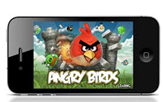 2. New opportunities to create products arise suddenly when other new products are introduced in the market. Example—the arrival of the smart phone offered thousands of opportunities for new smart-phone based “products” including smart-phone games such as “Angry Birds.”
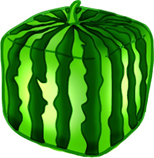 4. Connect random things to arrive at a new creative idea. By connecting random words, “watermelon” and “cube,” we arrive at the silly idea of a “cube-shaped watermelon.” Do not dismiss the idea as stupid. In reality, watermelon grown inside a transparent cube is a cube-shaped watermelon that farmers find are easy to ship, and more can be shipped in a truck or rectangular boxes. Picture: I365Art-1072351659 5. Deliberately think different; conventional extension cord is clumsy and is an eyesore. A solution to the extension-cord problem lies not in the extension cord itself but in the wall—an extension cord that hides or stores inside the wall, and can be pulled out, when needed. Picture: Stowaway extension cord. Designer: Meysam Movahedi, 2009. 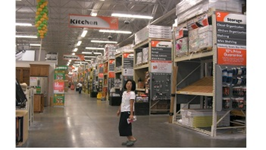 6. Deliberate observations to stimulate new idea-generation. It is harder to come up with new ideas in a vacuum. Therefore, observe thousands of problems that have been solved by existing products on the shelves of large retailers and the Internet—then find improvements for existing products that already have a market. 6a. Visit Walmart, Home Depot, Target and other stores and observe their shelves for ideas. Picture shows Home Depot store with thousands of products. 6b. Search the Internet, search the web pages of online stores such as Amazon and other on-line retailers. 6c. Search patents and patent applications for new ideas. You may search about 10 million (2018) granted patents as well as many more patent applications in the USA using Google Patents, and/or the US Patents and Trademark Office’s (USPTO) website. The book mentioned below teaches patent searching. In Conclusion When you observe extensively with the intention of finding new ideas, be a good critical observer; do not be limited by your assumptions. Old assumptions kill creative new ideas (example: cube-shaped watermelon—don’t reject it by treating as a “stupid” idea); and do not limit the number of solutions to a problem (that is, think of many possible solutions to a single problem), “more the merrier.” Message to engineers? “invent often.” In another Blog, I explain why we can successfully apply for and get patents for our inventions. For examples of successfully commercialized inventions, read Gunjan Mehta's answer in Quora to the question: How can I make millions patenting my inventions? Click here to see author's patented inventions. ———————————————-- For more about inventing, see the book: ENGINEERING ENTREPRENEURSHIP FROM IDEA TO BUSINESS PLAN, Cambridge University Press, NY, October 2016.
0 Comments
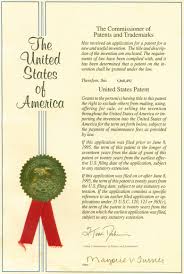 Get affordable patents in the US as an inventor- applicant If you are an inventor, especially, if you are an engineer or engineering student engaged in inventing, you need to know about affordable patenting in the US. I was granted four US patents. You can click here to visit the website for three of my patents. In my working with engineering students and engineers, I find them disinterested in inventing because they ASSUME it is not worth spending effort and time on inventing because they think they cannot afford to patent their invention, anyway. Because the cost of getting patents using the services of patent attorneys is out of reach of a typical college student, I give them the following advice: I tell engineering students, “When you reach a point in your life, when you can afford the cost of a patent attorney’s services, I encourage you to use an attorney’s services. In the meantime, when you cannot afford the services of a patent attorney, I recommend applying for, and securing AFFORDABLE patents from the US Patents and Trademarks Office (USPTO) as a pro se patent-applicant (that is, without the services of a patent attorney).” The very thought of applying for patents is intimidating to engineers and engineering students. However, some students, especially the potential serial inventor in my class, readily accept my suggestion, and are eager to learn the process and apply for patents without delay, sometimes before the end of the semester. USPTO is serious about helping you A little known fact about the USPTO is the requirement that all patent examiners at the USPTO must assist the pro se applicant to obtain a deserving patent, as described in the Manuel of Patent Examining Procedure’s (MPEP) Section 707.07(j). Read Section 707.07(j) of the MPEP Parts of the MPEP section are reproduced below: Qouted from MPEP What can we conclude about pro se patent applications from reading the above Section of MPEP? In unambiguous terms, this section of the MPEP requires the following seven actions from USPTO patent examiners in conducting fair and fast examination of pro se applications for patents:
Therefore, I recommend the covering letter addressed to the Commissioner of Patents accompanying patent applications from pro se applicants to include these sentences: “Please examine this application in the context of MPEP Section 707.07(j). I look forward to working with you in the spirit of this Section of the MPEP. If any of my claims need a revision, I look forward to receiving your version of the allowable revised claim.” Student patent applications may not result in 100% perfect patents sometimes, but it is likely to be better than no patent at all, because even a patent issued to a pro se applicant enables the inventor to license the patent for a royalty, or use it to start a business. With each patent application, and interaction with the patent examiner, the pro se inventor gets better at preparing future patent applications. The author's book has extensive material to familiarize engineering students with the patenting system and the USPTO. My students are encouraged to search the millions of published patents and patent applications on the USPTO website and/or Google Patents, and become educated about similar patents granted by the USPTO, and become savvy before writing their patent application including patent claims.
|

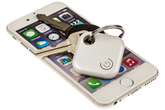
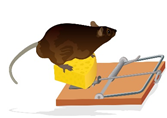
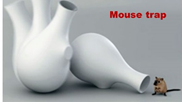
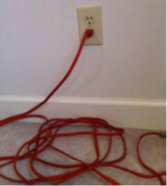

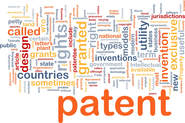
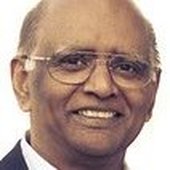
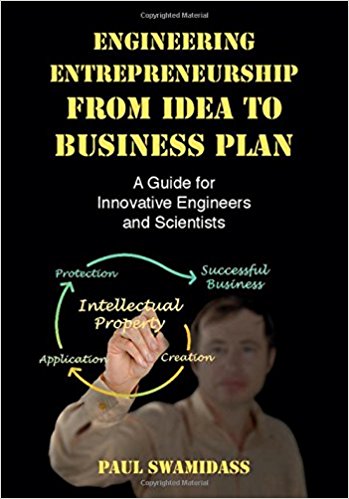
 RSS Feed
RSS Feed
